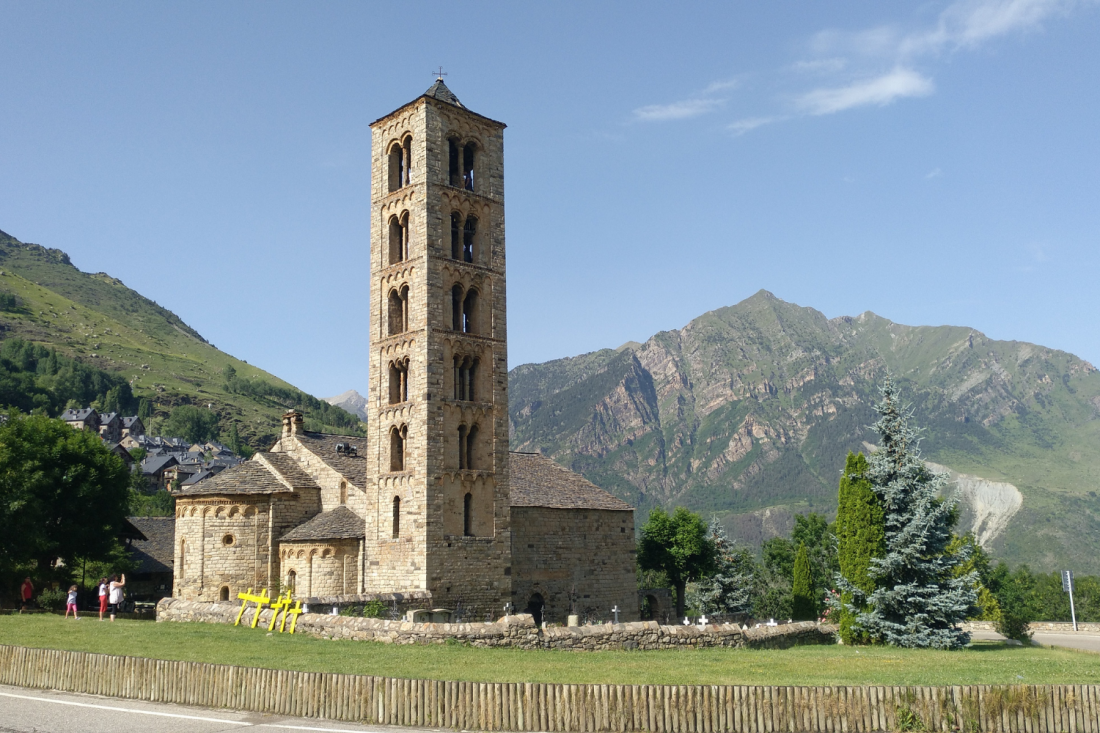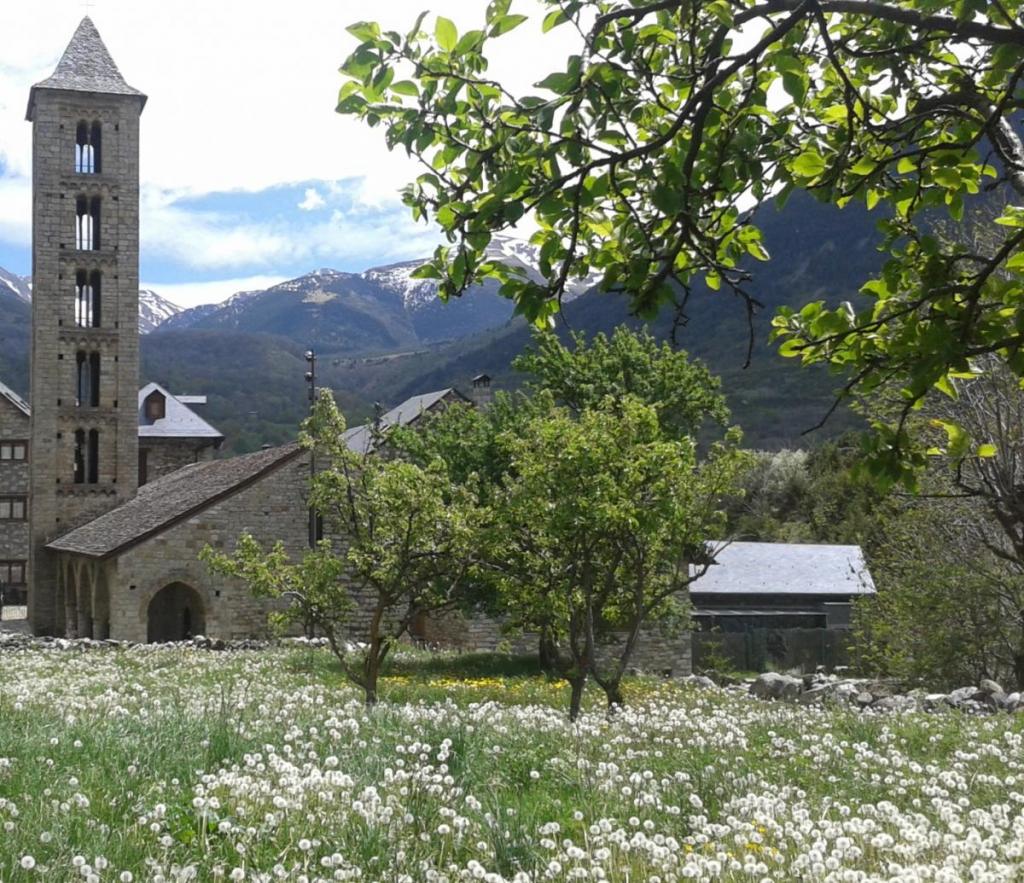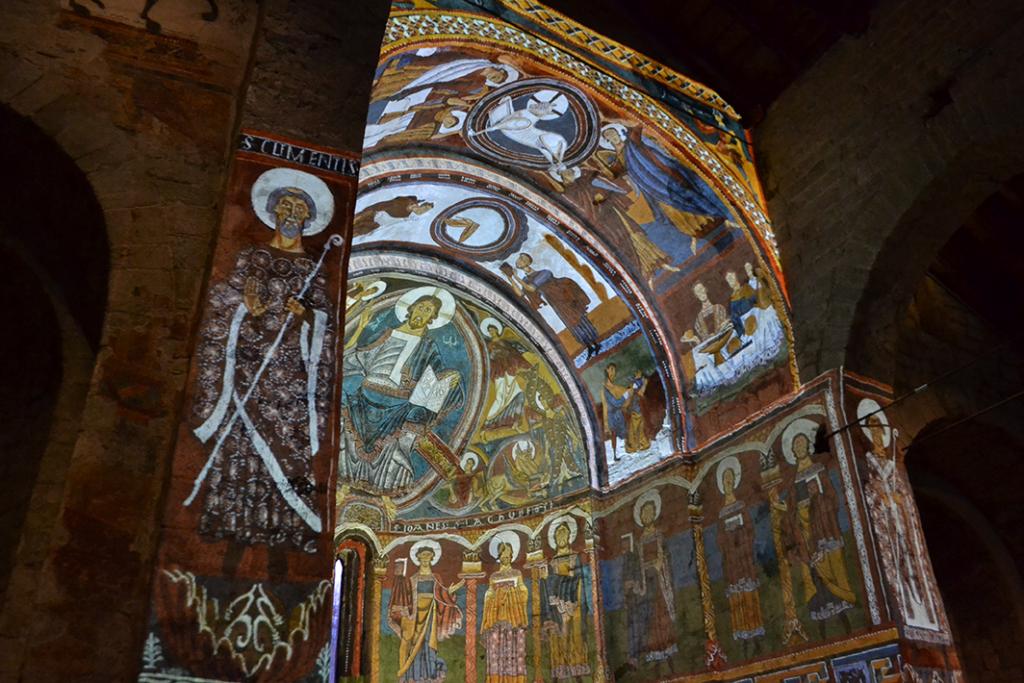The Boí Valley, a hidden treasure as the first stop of the RESTART MED! territories trip

We start our trip through the RESTART MED! territories in the North-West part of Catalonia (Spain), in the Boí Valley. This small valley is a feast for the eyes, not only for its natural landscapes but also for the Romanesque treasures found in the valley.
Among its steep mountains, we find 9 Catalan Romanesque churches, 9 functional temples, simple but elegant, with one or three naves, covered with wooden beams or barrel vaults. They are austere churches with resilient walls that withstand the heavy snowfalls of winter, the rains of spring, and stand since the 11th century. Inside the churches, murals and carvings decorate the walls. The Pantocrator figures stand out for their play of colours and great creativity.


A slender bell tower points out a church that stands out for its elegance, Sant Climent de Taüll. Built at the beginning of the 12th century, it is the prototype of the Romanesque church, with three naves separated by columns and a wooden roof. The Christ of Taüll decorates the Pantocrator and is a symbolic image of the Catalan Romanesque. The original mural is preserved in its entirety in the Museu Nacional d’Art de Catalunya (MNAC).


The Romanesque complex is at the forefront using technology, thanks to video mapping showing us what the church of Sant Climent would have looked like in the 12th century, with the paintings integrated into the architecture itself.
On the website of the Vall de Boí World Heritage Consortium, there is a 3D recreation of the cultural heritage that allows you to enjoy it without leaving home. But unfortunately, neither the natural landscape surrounding the architectural complex nor the magic of the Vall de Boí can be recreated with technology, so the only solution is to go and discover it by yourself.
Want to know more about sustainable tourism destinations in the Mediterranean? Keep following us for more! TWITTER and INSTAGRAM







